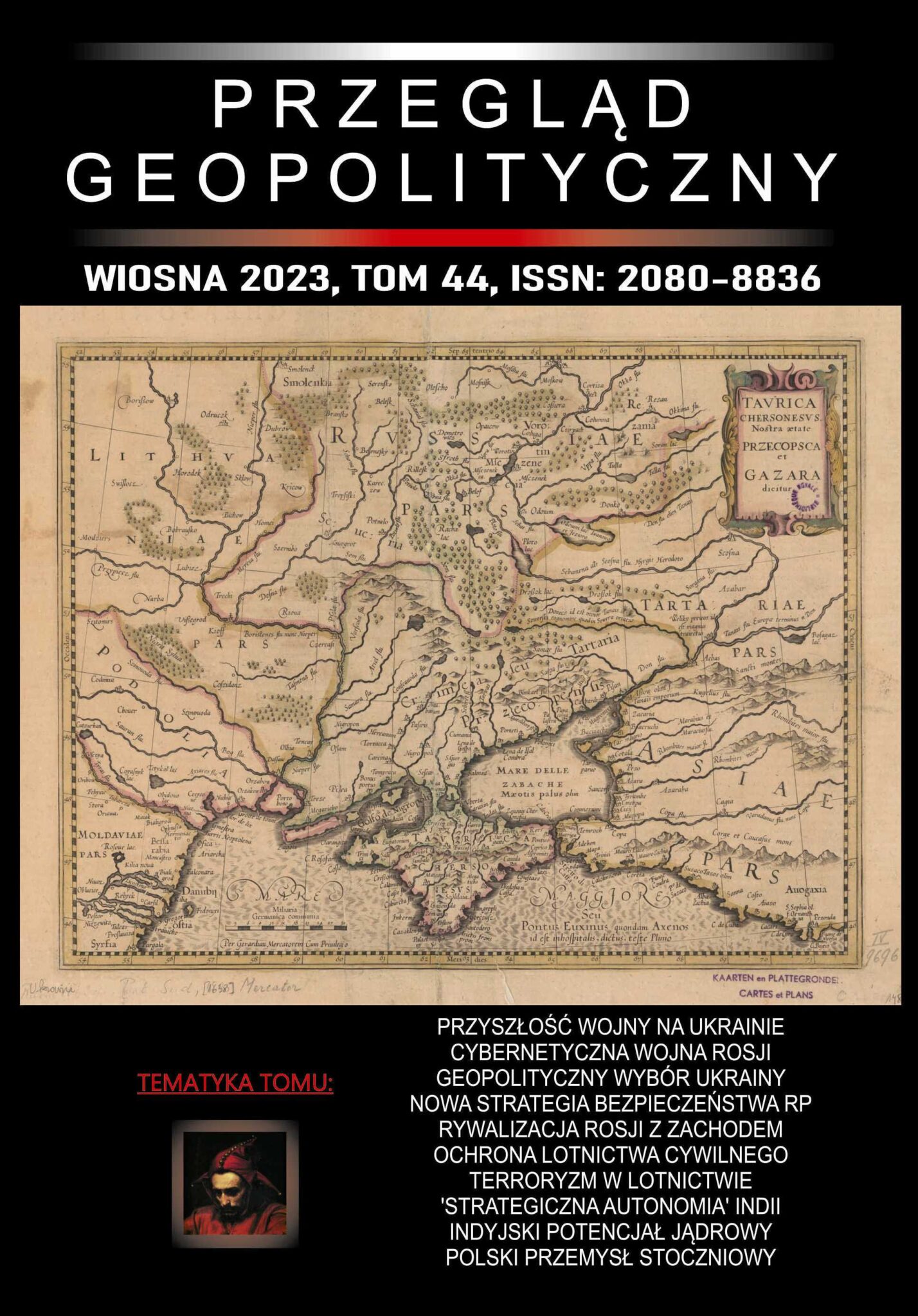INDIA’S ‘STRATEGIC AUTONOMY’
AND STRENGTHENING ITS TIES WITH THE US
INDIA’S ‘STRATEGIC AUTONOMY’
AND STRENGTHENING ITS TIES WITH THE US
Author(s): Saroj Kumar Aryal, Manish Jung PulamiSubject(s): Security and defense, Geopolitics, Peace and Conflict Studies
Published by: Polskie Towarzystwo Geopolityczne
Keywords: India; USA; Indo-Pacific; Strategic Autonomy; Non-Alignment Movement;
Summary/Abstract: Immediately after independence, India joined the Non-Aligned Movement (NAM), which allowed it to avoid having to take sides with either of the then-existing two political-military blocs led by the US and the USSR. India under Jawaharlal Nehru, guided in foreign policy by principles derived from the traditions of Indian civilization, was not even able to anticipate and prevent China's aggression in 1962. Nehru's idealistic approach adopted by the Congress Party failed to ensure the permanence of power, and in 2014 the conservative-nationalist Indian People's Party (Bharatiya Janata Party) won the election, taking India's sovereignty and national interest as its supreme political imperative. The purpose of this article is to explain how the BJP government is striking a balance between India's traditional NAM-based strategic culture and growing defense ties with the US in the Indo-Pacific region. Therefore, it was necessary to present the evolution of Indian politics from radical non-alignment, grounded in the traditional value of non-violence (ahinsa), to so-called strategic autonomy.
Journal: Przegląd Geopolityczny
- Issue Year: 2023
- Issue No: 44
- Page Range: 116-128
- Page Count: 13
- Language: English

